ShelterBox exists to ensure no one is without shelter after disaster.
Building on the solid foundations of the last 22 years, our new 5-year strategy will see ShelterBox become even more focused on the impact emergency shelter can have for people after disaster and conflict.
We will do this in partnership with others for maximum reach and with the good of everyone in mind as we seek to do no harm to people and planet.
We will scale up to meet humanitarian need
More people than ever are in urgent need of emergency shelter. We must grow to support as many people as possible, recognizing that we can’t do it alone. Partnerships are integral to working at scale. Our partnership with Rotary International has been central to our impact for two decades. We will strengthen current relationships and build new partnerships around the world to deliver our mission.
We will innovate to improve the quality of our shelter assistance
We are committing to innovation in shelter assistance, learning and adapting as we grow sustainably. This will include a declaration to become a carbon neutral organization and building on our achievement to date in removing 250,000 problem plastics from our aid. We will share our data and learning with the wider humanitarian community, using evidence to better serve the people we support together.
We will address power imbalances in the global shelter system
We will work more closely with the people we support as well as local and national responders to learn and help to strengthen capacity and resilience in those communities. We will champion ethical storytelling, raise awareness of issues that matter to those affected by disaster and conflict, and become a more diverse organization to better represent the people we serve.
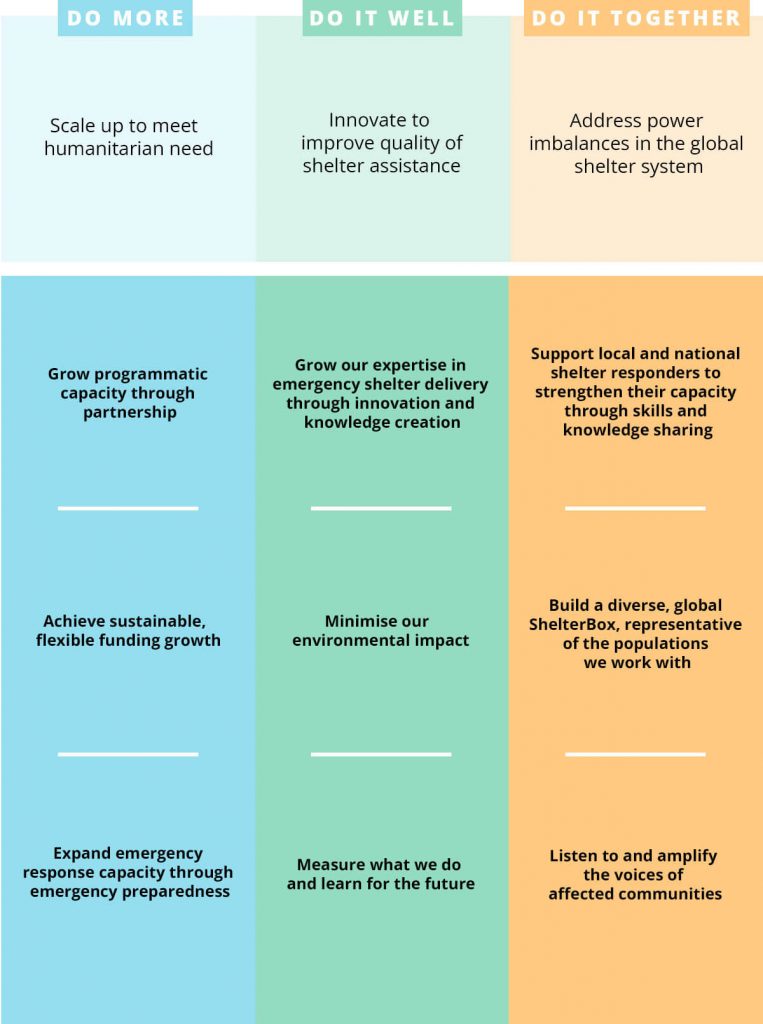
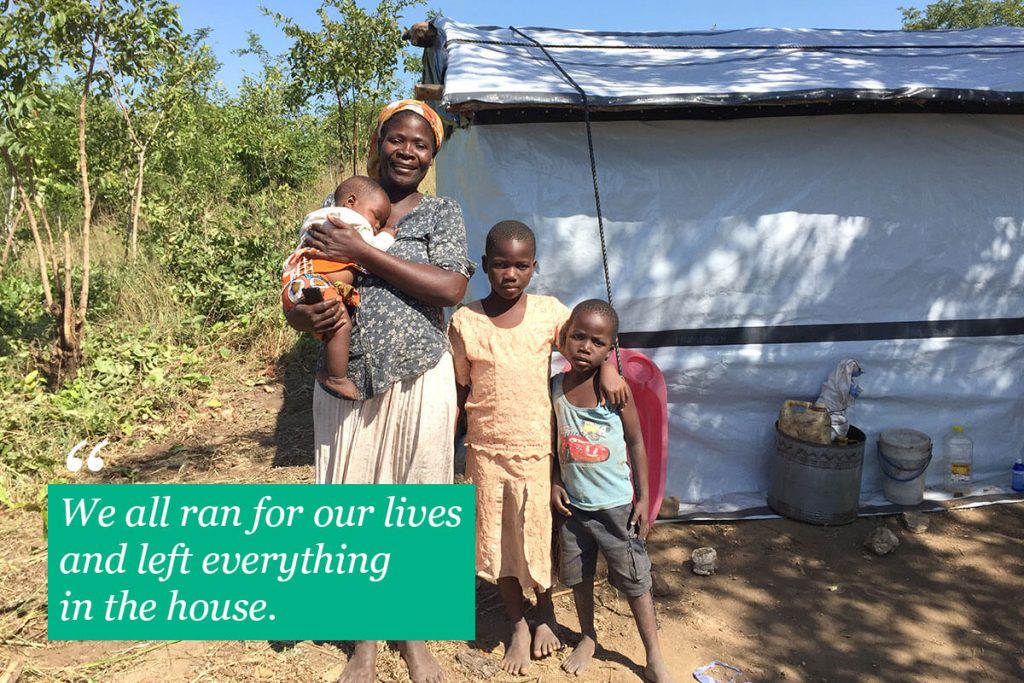
Grace lived with her family near the Shire, Malawi’s largest river. Fast-flowing water swamped their home in the middle of the night after Cyclone Idai.
Grace said, “We all ran for our lives and left everything in the house.”
We worked with Habitat for Humanity to provide shelter kits, water filters and carriers, mosquito nets, solar lights, and blankets to over 2,000 families.
1. Scale up to meet humanitarian need
Globally, the need for emergency shelter is growing every day. Up to 2021, over 100 million people were forced from their homes by disaster and conflict.
Long running conflicts continue to force families to flee with less than 6% returning to their homes each year. While new wars challenge us to do more at speed and scale.
We are witnessing unpredictable severe weather in more parts of the world. Millions are living with an increasingly destructive climate which is set to worsen as the planet warms. Flooding will increase as heavier rain falls in places that cannot cope with it. Deadly droughts will force thousands from their home in search of food and water.
The need for emergency shelter is constant and increasing. ShelterBox will not only commit to doing more but also to working with partners who are closer to crises and will continue to deliver after the emergency is over.
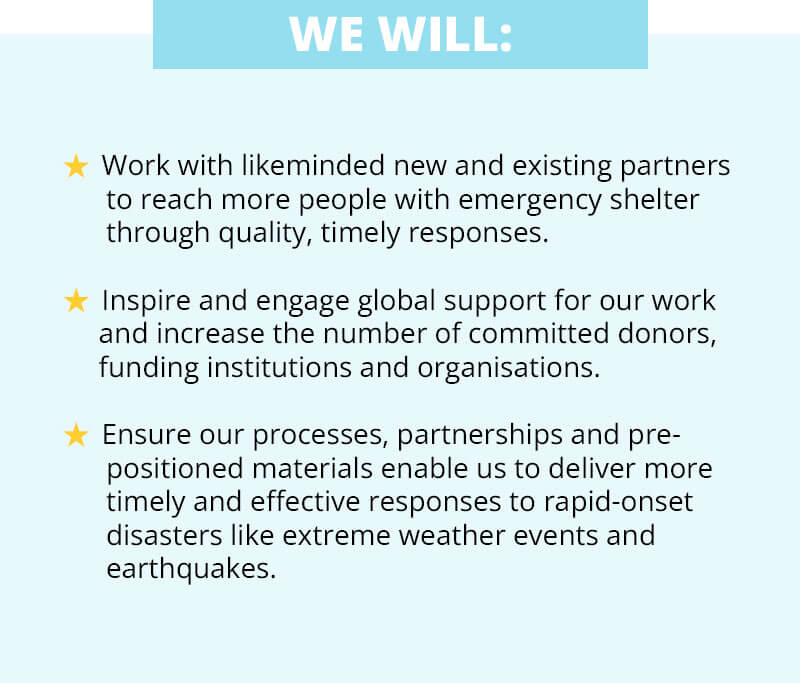
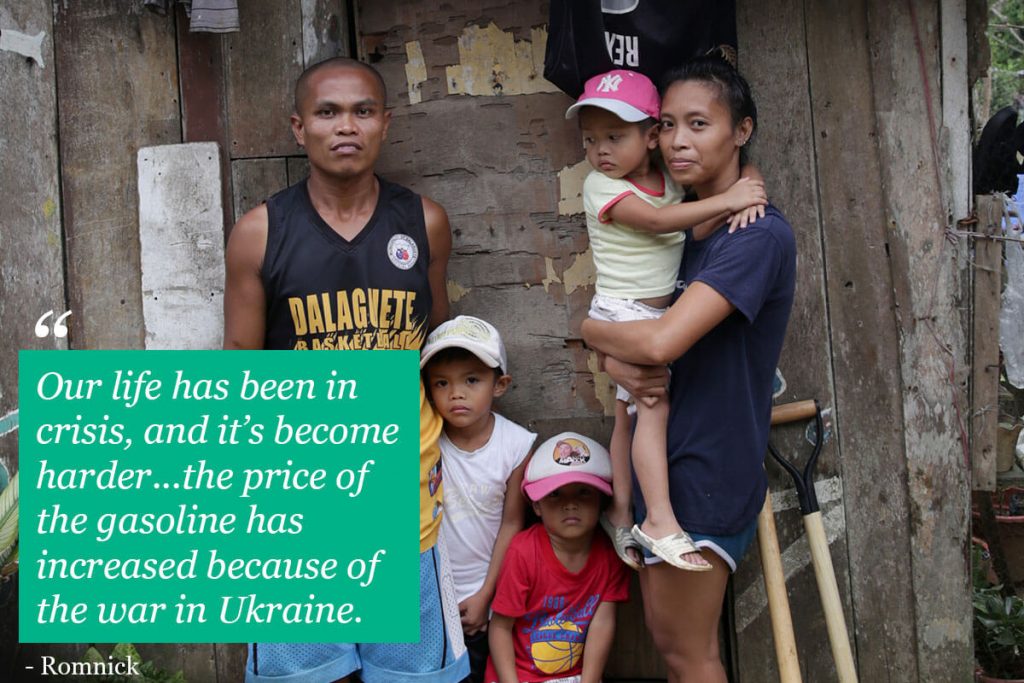
Super Typhoon Rai, known locally as Odette, was the most severe storm to hit the Philippines in 2021.
Our response began on the island of Cebu, where we met Romnick, his wife Kimberly and their three children Keane, Kyrie and Steve. Romnick received a shelter kit, consisting of tarpaulin, rope, nails, tools, and a solar light.
“I immediately used the saw to cut wood because we didn’t have the same lengths. We put the tarpaulin up straight away because our roofs had holes in them. I used the shovel to collect sand. All of it was useful.”
2. Innovate to improve the quality of our shelter assistance
ShelterBox exists to improve people’s lives. We are committed to doing the very best we can for those affected by disaster or conflict so we can make the biggest difference.
We must keep focused on innovative improvements as we scale up, finding new ways to support people whose homes have been damaged or lost to conflicts and disaster.
We must listen to the people we support and to our local partners. We will work with academic institutions and other organizations to research and understand, improve and find new ways of working and sharing knowledge.
Global issues like the climate crisis require us to think smarter. We must find solutions that enable people to withstand future climate shocks and we must minimize our own environmental impact. Our support must be inclusive and reach the people who need it most.
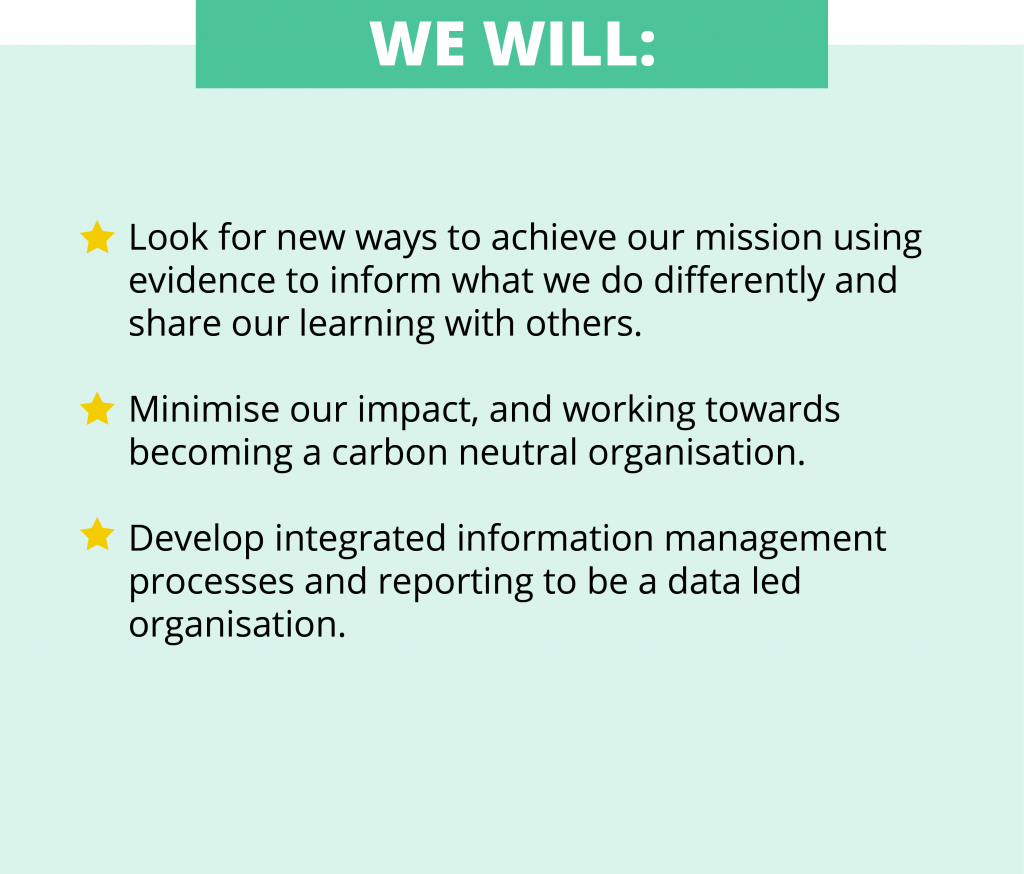
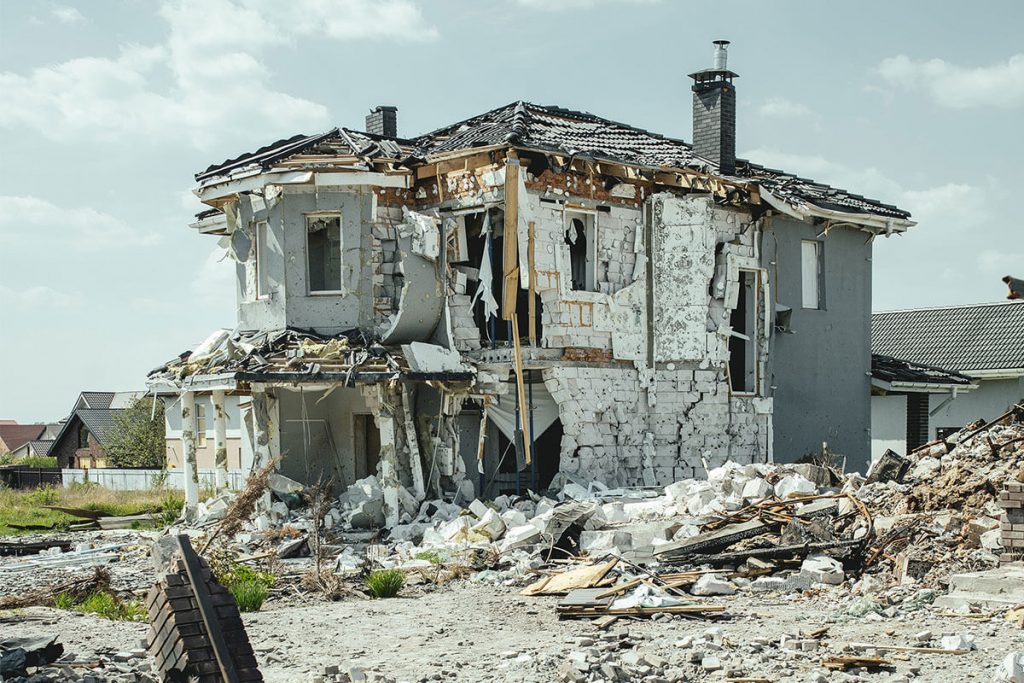
As part of our work supporting people affected by the war in Ukraine and alongside two shelter-focused projects in the country, we supported thousands of refugees fleeing into Moldova with small, portable items.
This included items like toothpaste, soap, and sanitary products, and a small amount of cash – the equivalent of around $150 per person.
Many people only had what they could carry with them. Many did not know their onward destination. The money was provided to help meet basic needs like accommodation, food, and transport.
3. Address power imbalances in the global system
People living in poverty are least able to cope with the destructive impact of disaster and humanitarian crisis.
Events like hurricanes, floods, and conflict make situations significantly worse, so it’s even harder to break the cycle of poverty. When homes and livelihoods are lost, people may be forced into negative coping mechanisms that put them at risk of harm or exploitation.
Within the aid system, people holding power are often from high income countries. This can make it hard for those affected by crisis to have a say in the design and delivery of the support they need.
When disasters strike, neighbours, friends and family, and local organizations are always first to help before international agencies arrive. We must build that existing capacity and ensure aid is locally led – giving power to those best placed to help and ensuring their voices and experiences are heard.
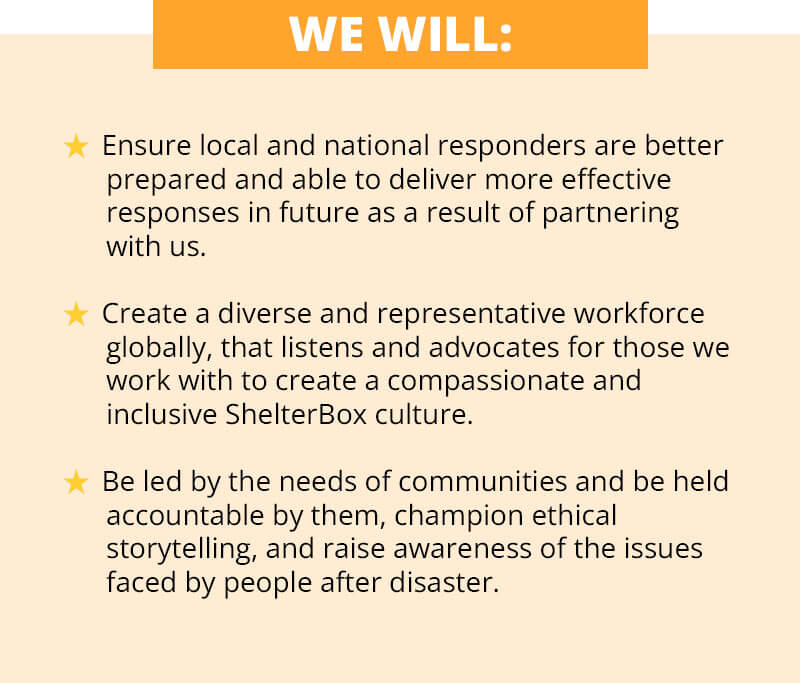
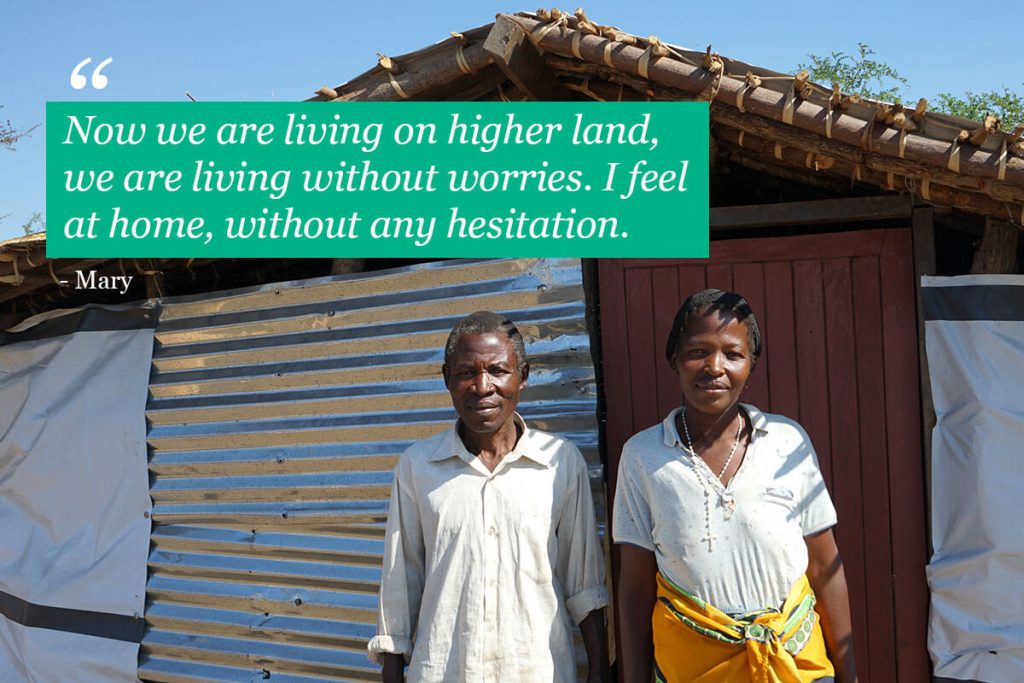
Stephano and Mary’s house in Malawi was destroyed by flooding caused by Cyclone Idai.
Kunyumba, which roughly translates as ‘home’, was an ethical story-telling project with the community in Mwalija. It recorded the story of their recovery in their own words, using film and photography and a series of unstructured interviews.
From sheltering their children in trees to returning to the fields and school, Stephano and Mary reflect on their path to recovery – the importance of creating a space to get back to everyday life, of supporting each other as a community. Of making plans for the future.

